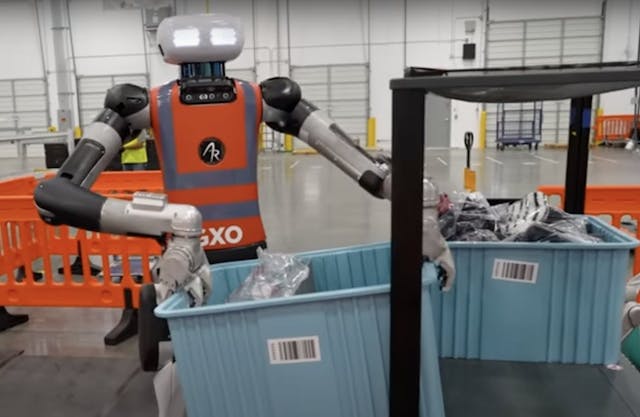
The Rise of Humanoid Robots: A Global Race for the Future
The development and adoption of humanoid robots represent a significant technological leap, with profound implications for industries and economies worldwide. While the potential benefits are immense, a critical look at the current landscape reveals a dynamic race, particularly between the United States and China, to lead in this transformative field.
China's Aggressive Push in Humanoid Robotics
China has made it clear that humanoid robots are a strategic priority. The nation is investing heavily in research, development, and manufacturing, aiming to secure a dominant position in this emerging market. Key aspects of their approach include:
- Government Support and Investment: Significant national funding and policy initiatives are being directed towards AI and robotics, fostering a fertile environment for innovation.
- Rapid Prototyping and Deployment: Chinese companies are demonstrating a remarkable ability to quickly develop and deploy functional humanoid robots across various sectors, from manufacturing to logistics.
- Focus on Practical Applications: There is a strong emphasis on creating robots that can perform real-world tasks, addressing labor shortages and improving efficiency in industries.
- Integration with Existing Infrastructure: Efforts are underway to integrate these robots seamlessly into existing industrial and societal structures, accelerating their adoption.
The United States' Position and Potential Challenges
While the United States boasts a strong foundation in AI research and a history of innovation, it faces challenges in matching China's pace in the widespread adoption and development of humanoid robots. The US landscape is characterized by:
- Leading Research and Development: American institutions and companies are at the forefront of fundamental AI research, creating groundbreaking algorithms and technologies that underpin humanoid robotics.
- Fragmented Approach: The US approach appears more decentralized, with innovation occurring across a wider range of private companies and academic labs, which can sometimes lead to slower integration and scaling.
- Regulatory and Ethical Considerations: A more cautious approach to regulation and ethical considerations, while important, can sometimes slow down the pace of deployment compared to more rapid-response environments.
- Talent and Workforce Development: Ensuring a future workforce equipped with the skills to develop, operate, and maintain these advanced robots is a crucial area of focus.
The Implications of a Global Race
The competition in the humanoid robot sector is more than just about technological advancement; it signifies a race for future economic influence and strategic advantage. The nation that leads in this field could:
- Dominate Manufacturing and Supply Chains: Humanoid robots could revolutionize production, making manufacturing more efficient and adaptable.
- Shape the Future of Work: The integration of these robots will inevitably alter labor markets, creating new jobs while potentially displacing others.
- Gain a Strategic Geopolitical Edge: Dominance in advanced robotics could translate into significant national security and economic leverage on the global stage.
In conclusion, the global race to develop and deploy humanoid robots is intensifying, with China making significant strides through strategic investment and rapid deployment. While the United States possesses strong foundational research capabilities, it faces the challenge of accelerating its progress to remain competitive. The outcomes of this race will have far-reaching consequences for industrial automation, the future of work, and the global economic balance of power.